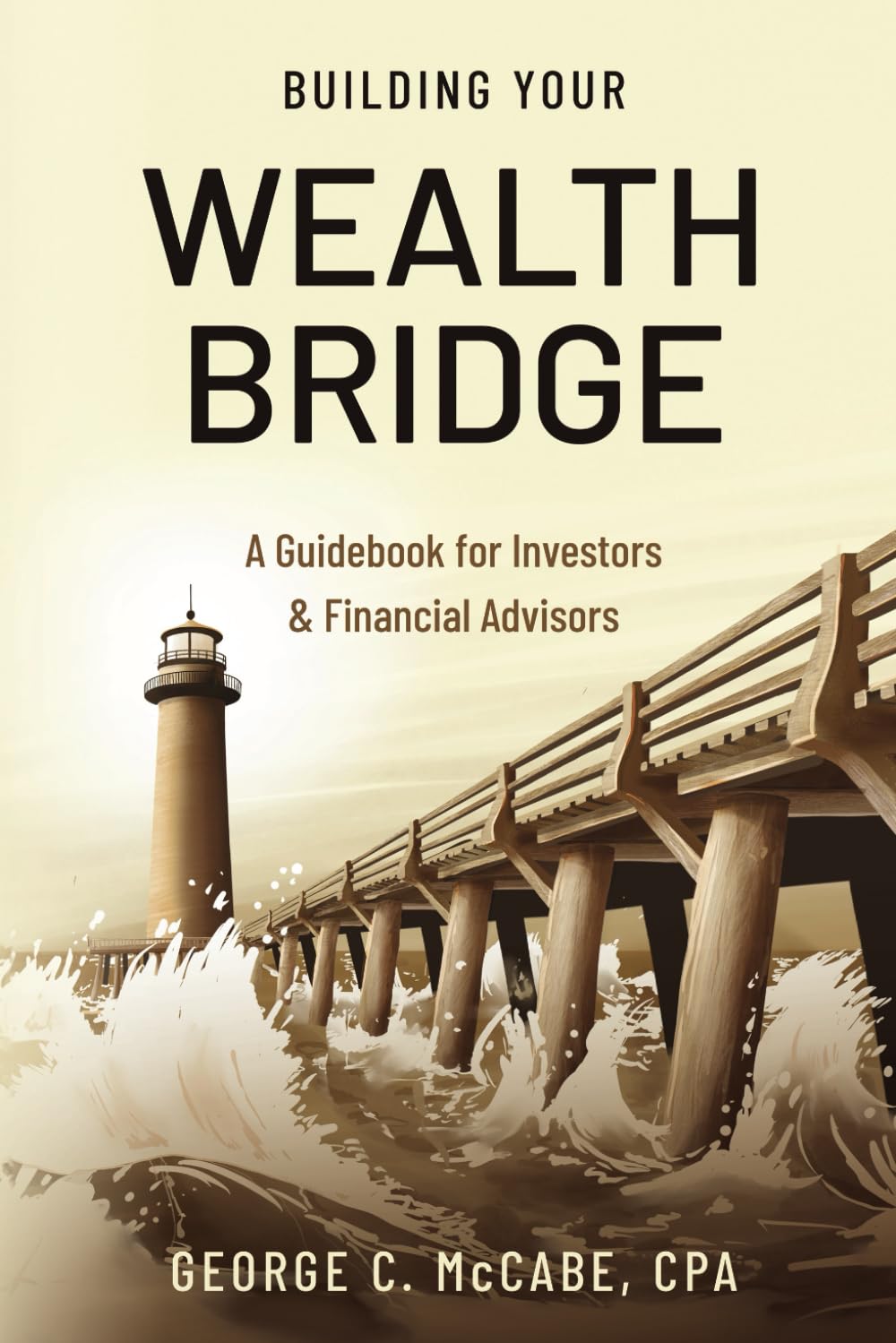The stock market has been soaring higher than ever with both large company names as well as small caps hitting all-time highs recently. The S&P 500 index hit its high mark in intraday trading on August 29th, and the Russell 2000 on August 31st. 1
Strong earnings growth along with heightened consumer and business confidence levels has overcome recent volatility brought on by fears of trade wars, threats of inflation and/or recession and even President Trump’s tweets. As has often happened in history, investors begin to question traditional investing wisdom and just buy whatever is “hot”, i.e. Amazon, Netflix, Microsoft, etc. Our office saw a similar pattern in 1998 and 1999, right before the tech bubble burst in 2000. In times like these, investors may be inclined to forget about risk and ask “why not just own large cap U.S. stocks and call it a day?” In positive markets like these, investors can forget why it is in their best interest to own a variety of asset classes such as bonds, international stocks, emerging market stocks, REIT’s and cash.
So what is the important lesson for investors?
First, there is nothing inherently dangerous about stock market highs. Indeed, over the past 90 years, the average return after market highs, over the subsequent 6 and 12-month periods, has been better than average performance, not worse.2
Our advice to clients is, instead of fearing market highs or chasing the hot stocks, the better strategy is to be properly diversified. Too often investors compare their portfolio return to the S&P 500 index, and are disappointed occasionally when they appear to underperform. The idea that all asset classes do not move in lockstep is exactly the purpose of developing a long-term wealth management plan. Having exposure to bonds and asset classes other than U.S. large-cap stocks is what keeps investors from experiencing the full pain when the inevitable stock market correction occurs.
Many investors may remember that the S&P 500 lost 39% of its value in 2008, but few recall the 10-year government bond gained 21% in that year.2 Our clients’ exposure to bonds this year may indeed keep overall returns down, but the goal is to minimize the damage when stocks take a hit.
Similarly, many investors may now question the wisdom of having a portion of their portfolio in international stocks and emerging market stocks with both asset classes showing losses thus far this year. Too few investors may remember how well they performed in 2017 and other prior years, however.
During euphoric times in the stock market, it can be easy for even the most astute investor to forget why they would want to hold a well-diversified portfolio of strategies and asset classes. However, diversification is essential in riding out the extreme volatility that can easily spook investors. Holding a diversified asset allocation plan means some of our clients’ holdings will seem boring and inappropriate. As your advisor, this is how we know we are managing your downside risk. And this is how we know we have positioned our clients to weather any inevitable market downturn.
-
Yahoo Finance
-
Financial Planning article 08/29/18- Financial-Planning.com


